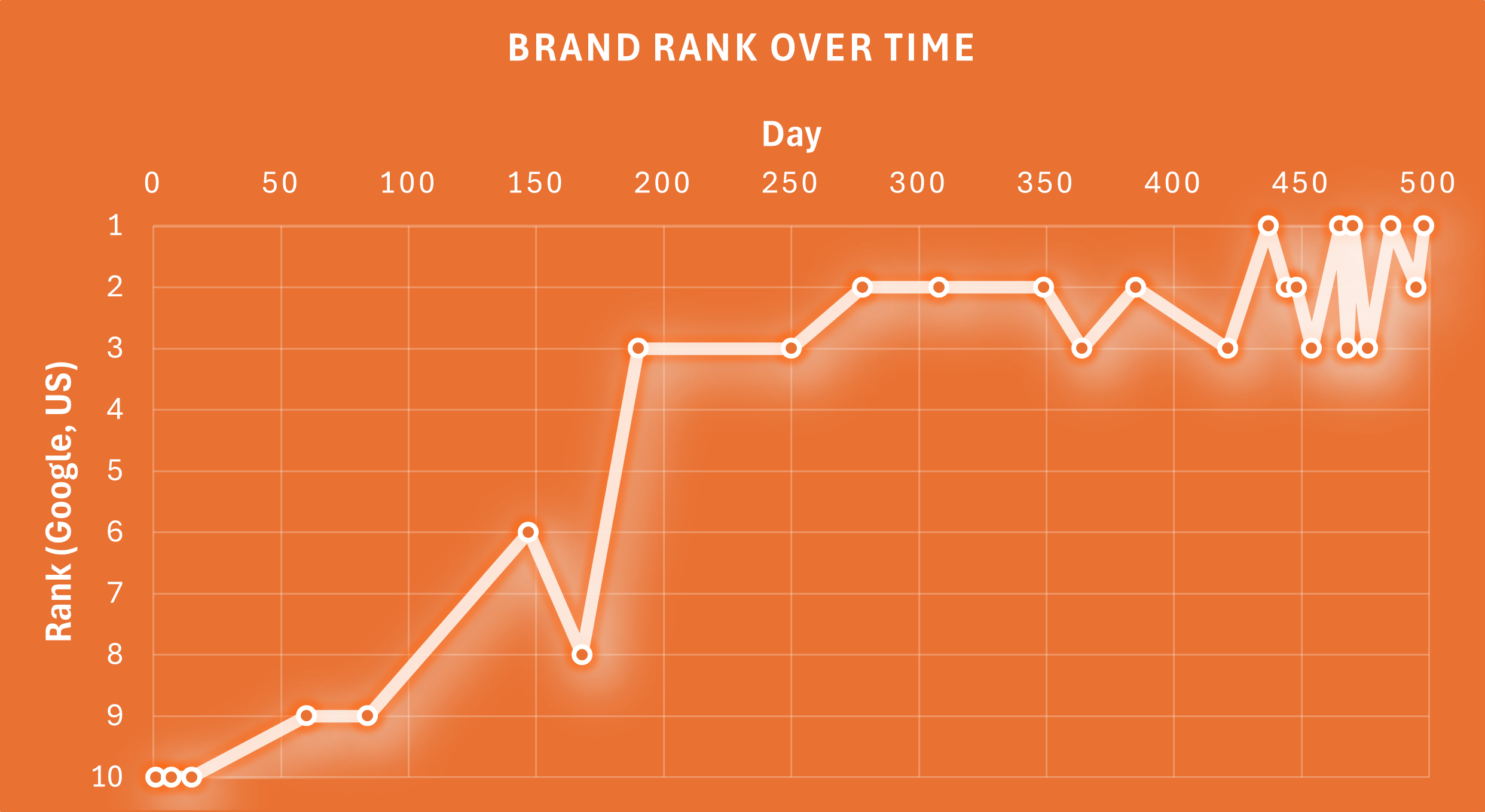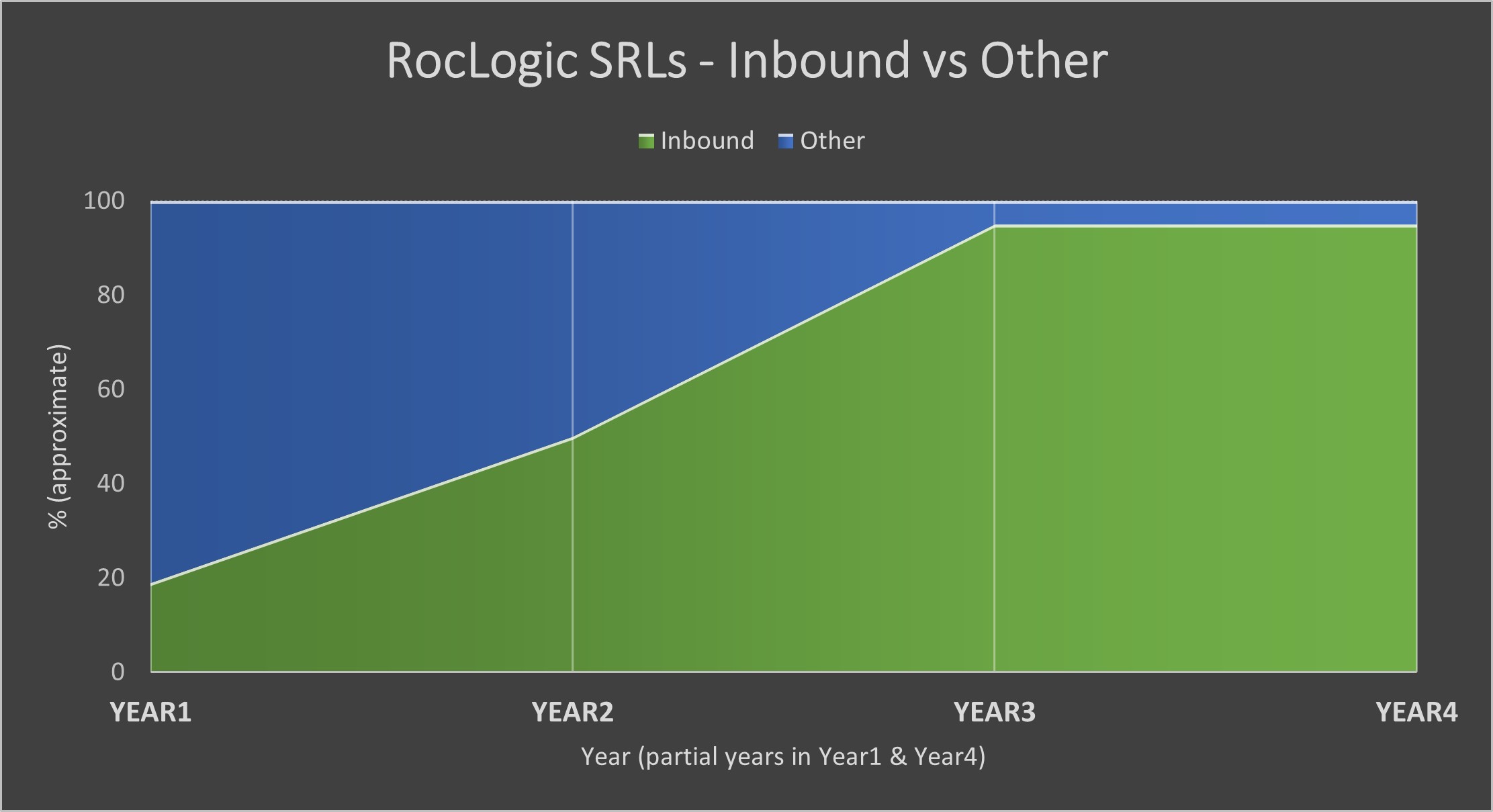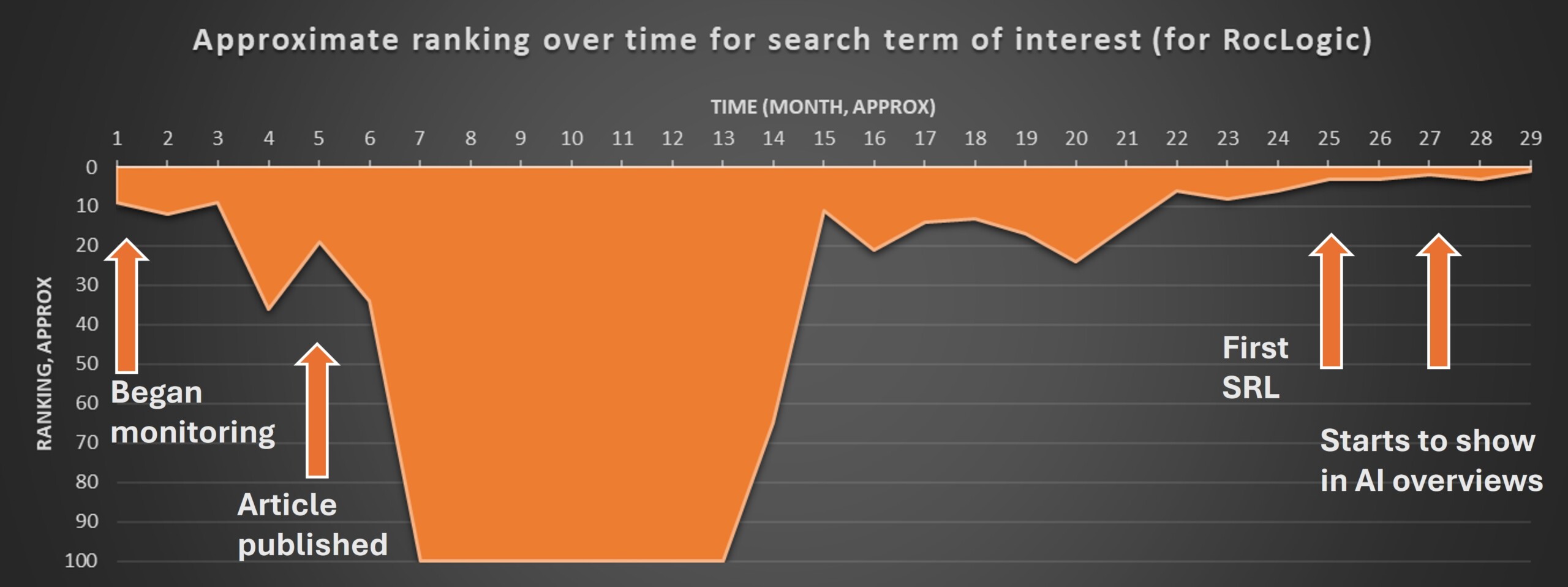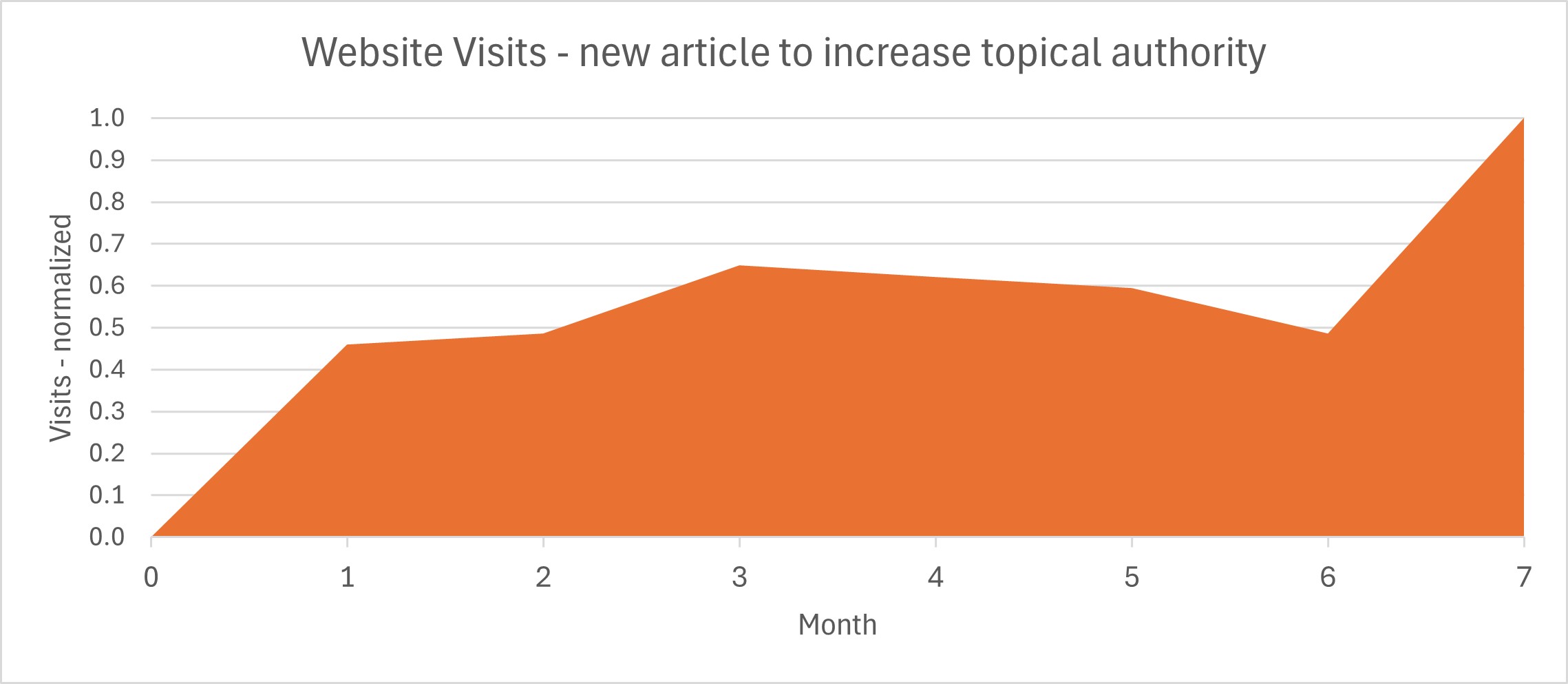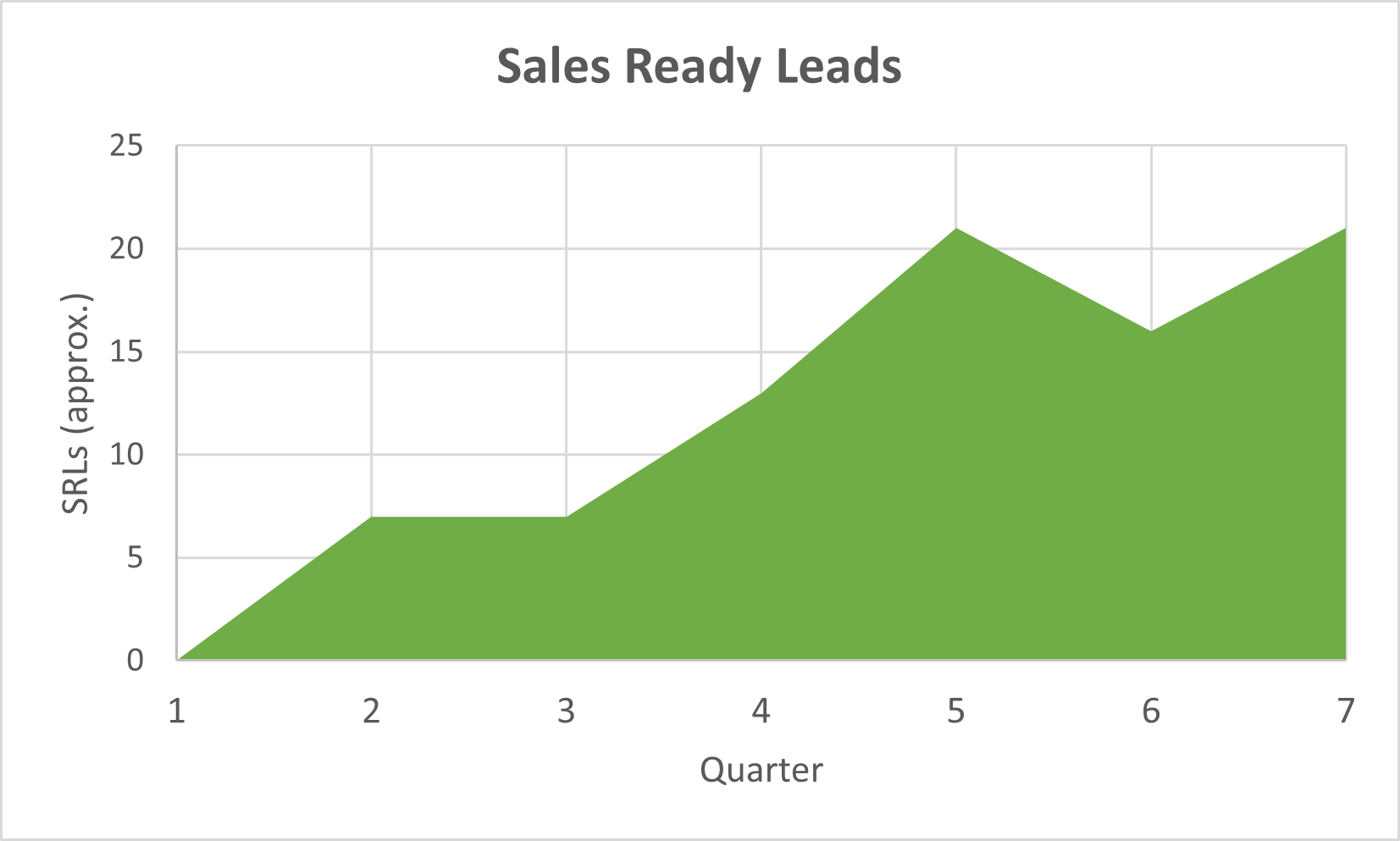Pros and Cons of Inbound Marketing
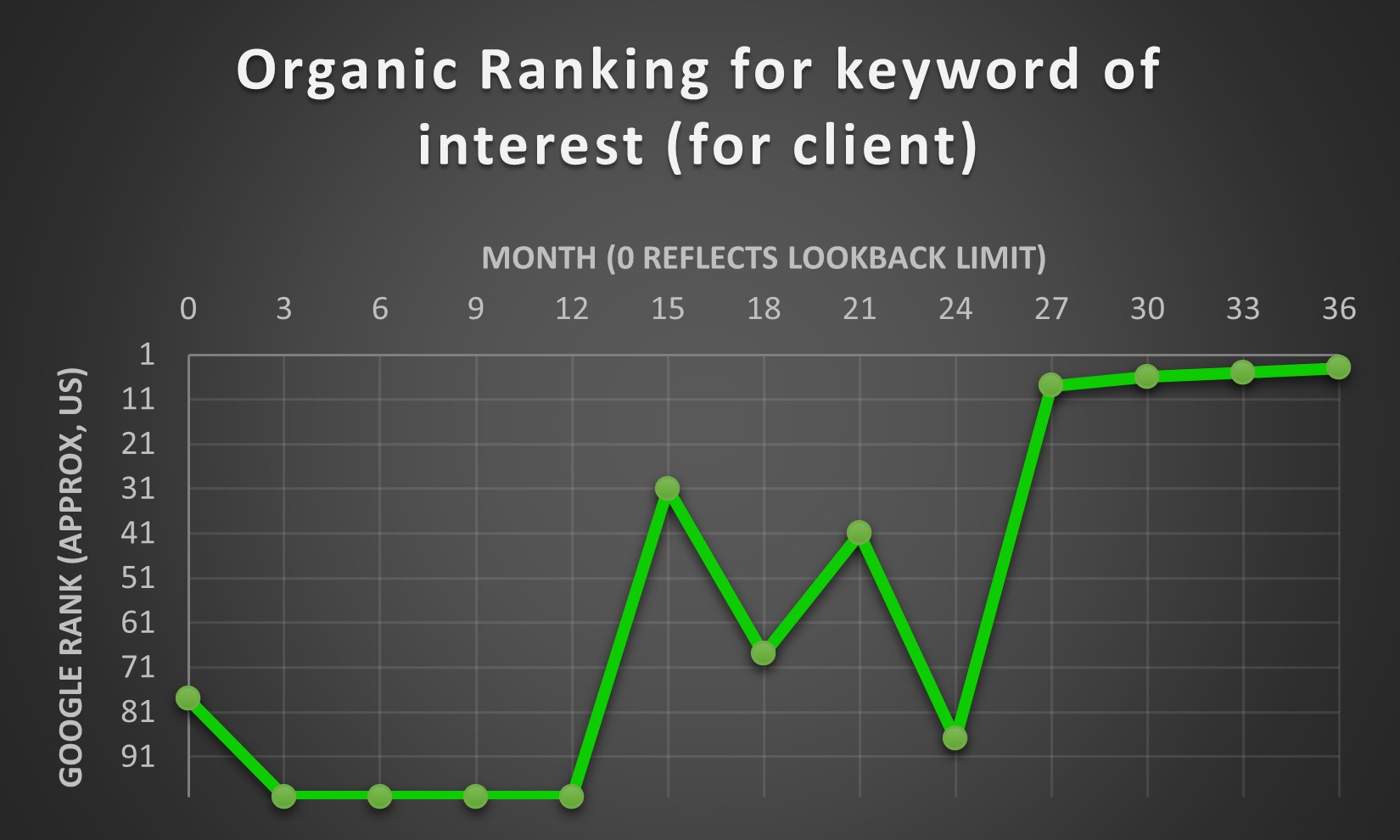
Last updated: August 27th, 2025
Inbound marketing is a method that focuses on trying to position yourself ahead of when someone (a potential customer or customer) has a need, so that when they do, they can find you. This approach primarily leverages search marketing and content marketing.
There are several pros to using inbound marketing, but make no mistake: inbound is not all fun, and not always appropriate.
Here are some pros and cons to help you determine whether or not inbound marketing makes sense for you.
Cons & costs of inbound marketing
Inbound is a long game.
If you think you’re going to be successful in a few months with inbound, you’ll be sorely disappointed. You’ll need lots of iterations and refinement, and then you’ll need to maintain the machine that’s been built because you’re not operating in a static environment:
- Google evolves – updating it’s algorithms multiple times per week,
- your potential customers evolve – changing their expectations for how they want to interact with you, often wanting to make more and more of their decision-making process on their own, before interacting with someone from sales,
- and your competitors evolve – you didn’t think they were standing still, did you?
It’s not a mechanical process
Doing inbound well takes more than just a mechanical process. If you’ve got an analytical / methodical mind, this can be a tough reality to come to grips with. There’s a lot of info on how to do inbound, but most of it explains the mechanics. The mechanics are just a necessary but insufficient aspect to doing inbound well. Probably the two most important elements to doing inbound well are (1) being super empathetic and (2) having a good sense of when to plow forward and when to walk away.
It’s not always applicable.
If no one is looking for the things you do, inbound won’t work. In that case, you’ll be forced into various outbound strategies, in which case it’s likely that you’ll want to utilize content marketing in combination with some outbound techniques. See Inbound vs outbound marketing for more.
You can be dominated by your competitors.
If someone knows how to find you when they have a need, chances are they know how to find others. You want to put your best foot forward and let the chips fall as they may. There may just be some market segments where you just can’t (or shouldn’t) compete.
You can also be dominated by competitors that aren’t even actual competitors (eg. forums, media outlets, job posting sites). It’s best to have the first-mover advantage if possible (see Inbound marketing – what’s the risk of waiting to get started for more).
Trust is limited in the beginning.
There’s a good chance the potential customer is just starting to learn about you. They may have learned about your company on the same day they reach out to you. Even if they’ve learned about you through a series of articles, case studies, etc, they haven’t actually interacted with you person to person. What does that mean? It means you’d better work extra hard to make a good impression when they do want to chat 1:1.
Contrast this with a referral. With a referral, trust has been passed to the potential customer based on the relationship between the potential customer and the referrer.
Pros of inbound marketing
Transitioning from annoying to helpful
You get to stop being annoying with your marketing and start being helpful. It’s a complete psychological shift with your buyers. You’re not interrupting and pushing yourself on them like you are with outbound. You’re positioning yourself strategically ahead of time so that you’re there when someone needs you. That’s a bigger deal for a company than it might seem on first blush, and it can impact your culture significantly in the long run (in a good way). Human nature is such that most people would much rather be helpful than annoying.
Obtaining feedback from the market
Inbound can provide useful market feedback. As you attract people to you, you’ll start to see what resonates and what misses the mark with your potential customers. You’ll see this at a pretty detailed topic level. You also get a better understanding of the intent behind different searches. It’s a great way to experiment and learn from the market.
Forcing reality
Inbound forces you to be more realistic as to where you stand in the marketplace, and to focus your efforts accordingly. You’ll see pretty quickly some areas where you shouldn’t try to compete. That’s actually useful to learn sooner rather than later where to put your energy and effort so you don’t waste as much time. After you’ve got some experience doing inbound, you’ll start to be able to recognize some cases in which you probably shouldn’t even bother wasting hardly any time at all, maybe not even experimenting. That’s a beautifully efficient reality.
The all-important niche
You have to have one (or several). You have to be looking at your solutions through the eyes your customer, the way they see their problem (see why you need a niche and what to do about it for more). That doesn’t mean you can only do one thing as a company. You can. You just tackle them semi-independently. Also, your digital footprint doesn’t need to exhaustively cover everything you do as a company.
Case studies leveraging inbound marketing
Examples of inbound organic rankings
Here are a few examples of organic rankings over time for keywords of interest. Of course there’s a ton of reality behind this data, so take it all with a grain of salt.
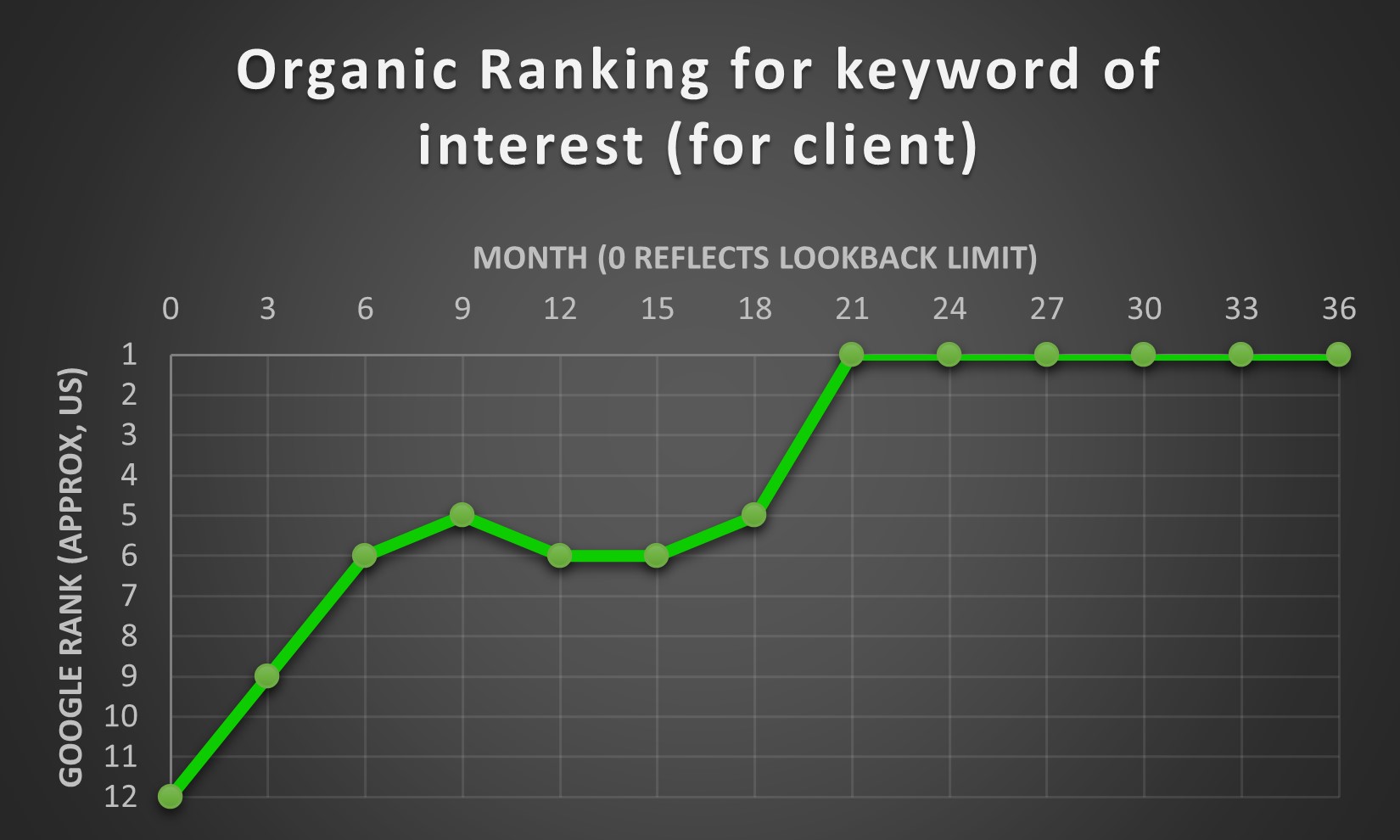
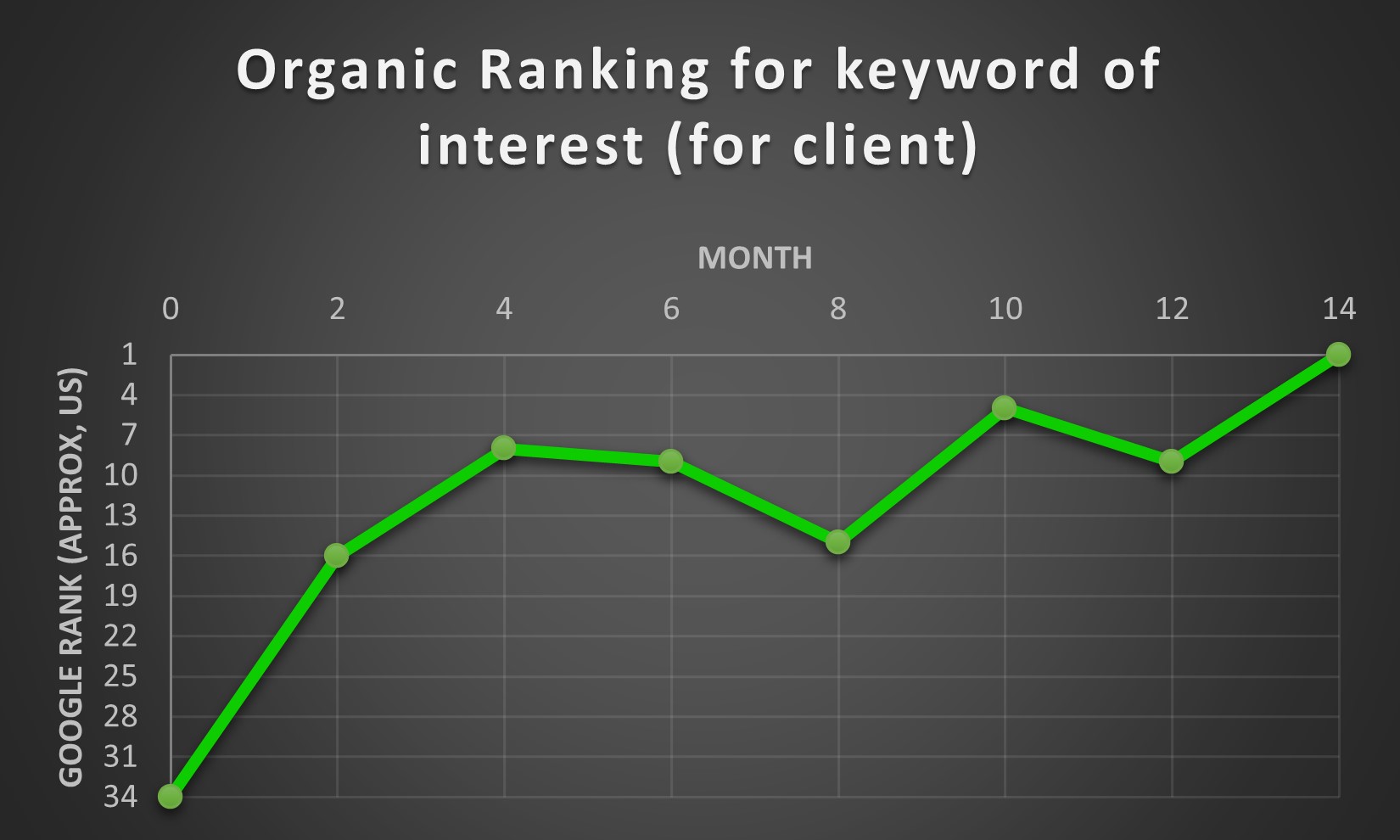

Next Steps
Wondering if you’re ready to get started on your inbound marketing journey? Check out this inbound marketing readiness calculator.
Want help with your inbound marketing?
If you’re in learning mode, check these out:
- Why inbound marketing experiments fail
- Niche selection obstacles – poll results and thoughts
- Lead generation for engineering – tips and insights from an engineer
- When should you contact inbound leads?
- Inbound marketing strategy for business services
- Inbound Marketing Readiness – Self-Assessment
- How to benefit from inbound
- Actionable inbound sales tips – for your first meeting
- Inbound marketing vs outbound marketing
- Inbound Marketing – what’s the risk of waiting to get started?
- Pros and cons of SEO
- Pros and cons of paid search
- Inbound marketing for engineering companies
- Inbound marketing for software development companies
- Marketing strategy for custom software development services
- Digital marketing for engineering companies
- SEO for engineering services companies
- Content marketing for engineering companies
- The problem with marketing plans for small B2B companies, and what to do instead
- How to get clients for a software development company



